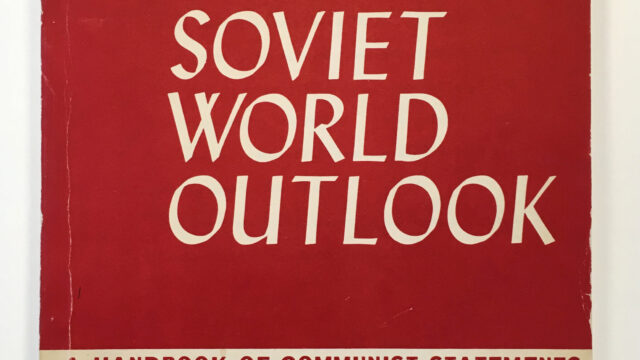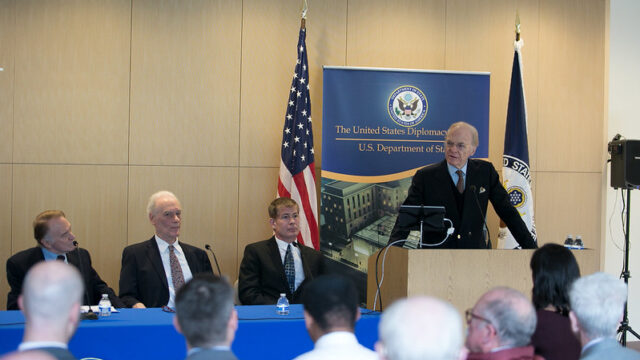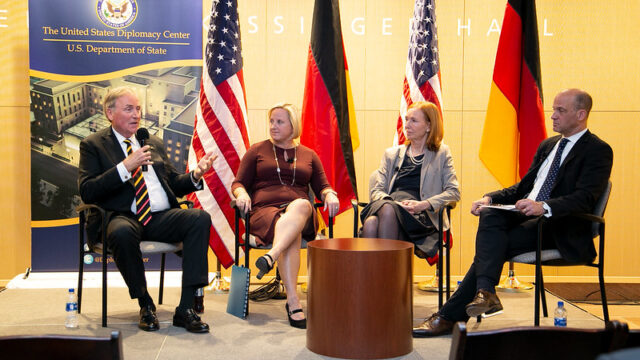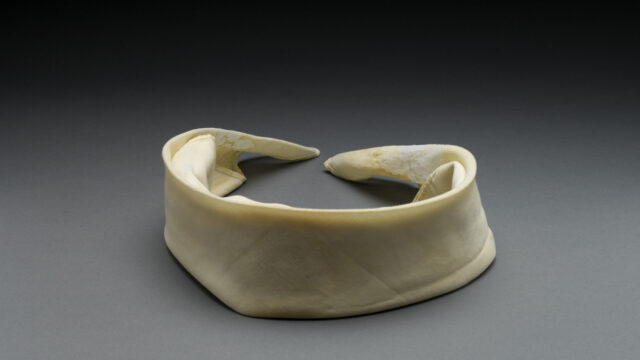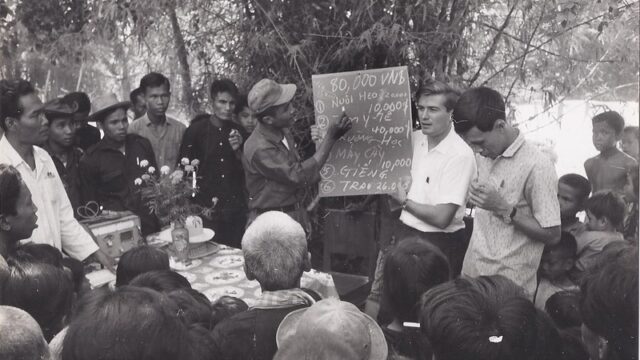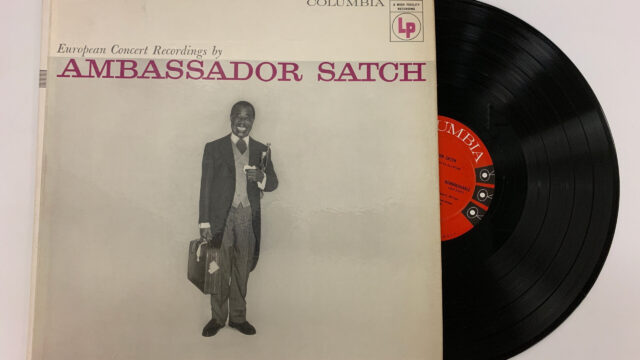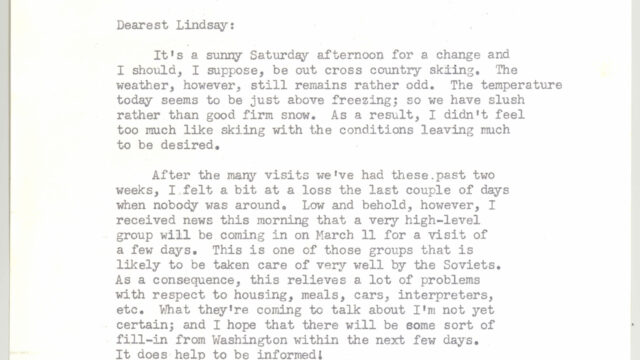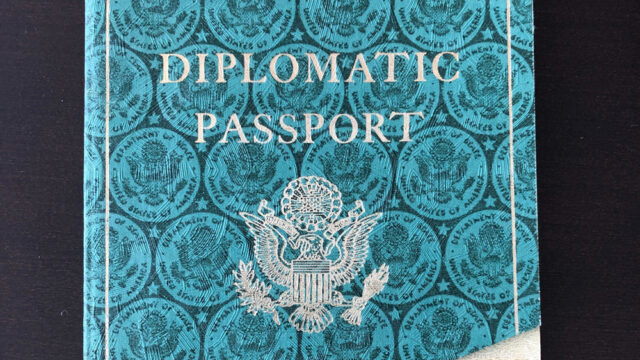Period
Cold War Diplomacy
After World War II, the United States entered what was known as a “Cold War” with the Soviet Union, their allies, and other communist nations. This period included open conflict as well as global political, ideological, and economic rivalry. To combat the influence and spread of communism around the world, the United…

